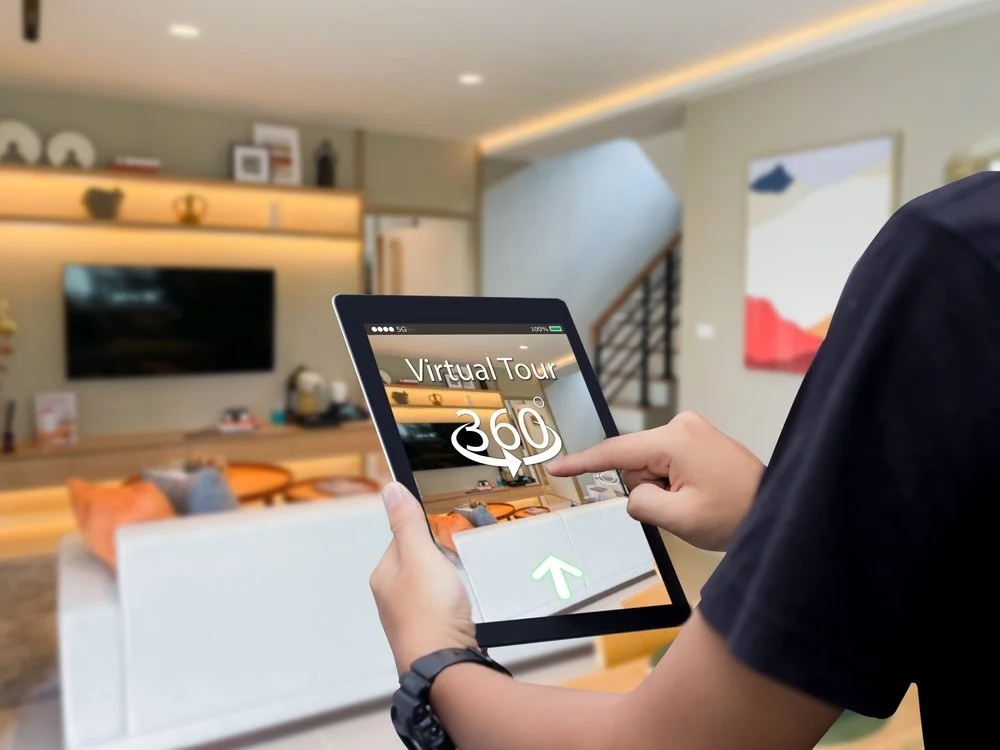The Psychology Behind 360° Video Engagement: Why It Captivates Viewers
From branded storytelling and virtual tours to immersive training and educational tools, 360° video has emerged as a powerful medium that captures attention in ways traditional formats often can’t match. This innovative format is fundamentally transforming audience engagement. Its captivating nature stems from deep-rooted psychological principles that tap into how we perceive and interact with visual information.
We explore the psychological mechanisms that drive deeper engagement with 360° video, including immersion, attention, emotional impact, and memory retention. Understanding these principles not only explains why 360° video is effective but also offers insights into how to create more compelling and memorable content.
What Is 360° Video? A Quick Refresher
360° video is a format that captures an environment in every direction, allowing viewers to look around and explore as if they were physically present. Unlike standard video, which offers a fixed frame and perspective, 360° video provides a spherical field of view. It enables users to drag their cursor or move their device to explore different angles, creating a sense of autonomy and presence.
Although immersive video is sometimes associated with virtual reality, it does not always require a headset. Many platforms, including YouTube and Facebook, support 360° video on mobile devices and desktops. This accessibility has contributed to its adoption in industries such as tourism, healthcare, real estate, corporate training, and entertainment.
The Immersion Factor: Why Feeling “There” Matters
One of the most compelling aspects of 360° video is its ability to create a sense of immersion. In psychological terms, this is often described as "presence", the sensation of being physically situated in a virtual environment. Traditional video places the viewer outside the action. In contrast, 360° video invites them inside, making them an active participant rather than a passive observer.
This immersive experience engages more of the viewer’s sensory and cognitive resources, leading to a heightened state of focus. Since users can choose where to look, they feel a greater sense of agency. That agency, in turn, increases investment in the content.
For brands and educators alike, this immersive quality of 360° video provides a valuable opportunity. It allows for the creation of resonant experiences that are not only watched but truly felt.
Cognitive Load and Attention: Capturing Focus in a Distracted World
Attention is a scarce resource in today’s digital landscape. Audiences are bombarded with visual and auditory stimuli across countless platforms. Immersive video stands out by demanding active attention. Unlike traditional video, where the viewer's gaze is guided by the editor’s choices, 360° video encourages exploration.
This interactive aspect of 360° video activates selective attention processes. Viewers are more likely to concentrate because they are in control of their focus. Their brains are engaged not just in watching but also in deciding where to look next. This mental activity keeps them more invested in the content.
However, with freedom comes the risk of distraction. Without thoughtful design, surround video can overwhelm viewers with too much information. Successful use of 360° video requires guiding the audience subtly. Spatial audio cues, lighting, and focal points can ensure that exploration remains intuitive rather than chaotic.
Emotional Resonance and Empathy: Creating Human Connection
One of the most exciting psychological benefits of 360° video is its ability to evoke emotion. Research has shown that immersive experiences can lead to stronger emotional reactions than flat-screen formats. This is especially important for campaigns aimed at building empathy, raising awareness, or inspiring action.
By placing viewers inside a scenario, surround video can reduce psychological distance. Whether it’s walking through a refugee camp, standing inside a hospital emergency room, or joining a team-building exercise at a company retreat, viewers feel like they are part of the moment. This proximity enhances connection.
Nonprofits and advocacy groups have already harnessed 360° video to humanize complex issues. Corporate and commercial storytellers can use the same principle to create more relatable and emotionally compelling narratives, whether showcasing a workplace culture, a behind-the-scenes process, or a customer success story.
Memory and Retention: Why We Remember 360 Content
Another psychological advantage of immersive video is its impact on memory. Multisensory engagement (combining visual, auditory, and spatial stimuli) enhances our ability to encode and recall information. In fact, studies have shown that people remember immersive content better than standard video.
Part of this effect can be attributed to spatial memory, a type of memory that allows us to remember the layout of environments. When viewers explore a 360° video, they are creating mental maps. These cognitive maps improve recall because they tie information to a location or a specific viewpoint within the environment.
This makes spherical video particularly effective for training simulations, educational tools, and interactive learning environments. Whether teaching emergency response procedures or product assembly steps, 360° video allows learners to experience rather than merely observe, which enhances both comprehension and retention.
The Science of Surprise and Novelty: Keeping the Brain Engaged
The human brain is wired to respond to novelty. New experiences activate the brain’s reward system, releasing dopamine and enhancing motivation. 360° video offers a relatively novel format that stimulates curiosity and encourages exploration, making it inherently more engaging.
While this novelty effect contributes to initial interest, sustained engagement depends on the quality of the content. Without meaningful storytelling or clear structure, even the most visually impressive 360° video can fall flat. Effective use of this format involves balancing the thrill of exploration with a coherent narrative that delivers value.
By combining novelty with purpose, creators can keep the brain’s attention circuits engaged throughout the viewing experience.
Strategic Implications: Designing for Human Psychology
To fully leverage the power of 360° video, creators must design with human psychology in mind. Immersion, agency, emotional resonance, and memory are all tools that can be amplified through thoughtful production.
In the corporate and commercial sectors, this means going beyond flashy visuals. It means using 360° video to tell stories that matter, convey expertise, or showcase value in an impactful way.
Whether used for marketing, training, education, or storytelling, 360° video enables creators to build experiences rather than just presentations. It captivates because it aligns with how our brains are wired to experience the world: actively, emotionally, and with a sense of presence. Those who can harness this will not only engage their viewers; they will leave a lasting impression.


